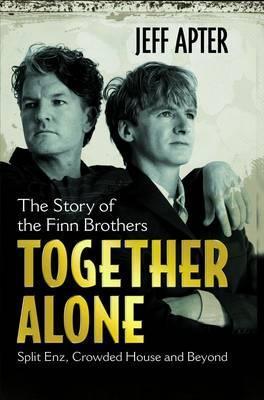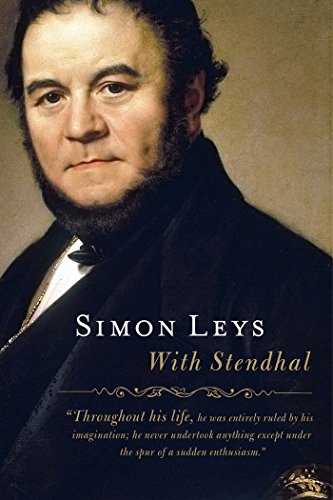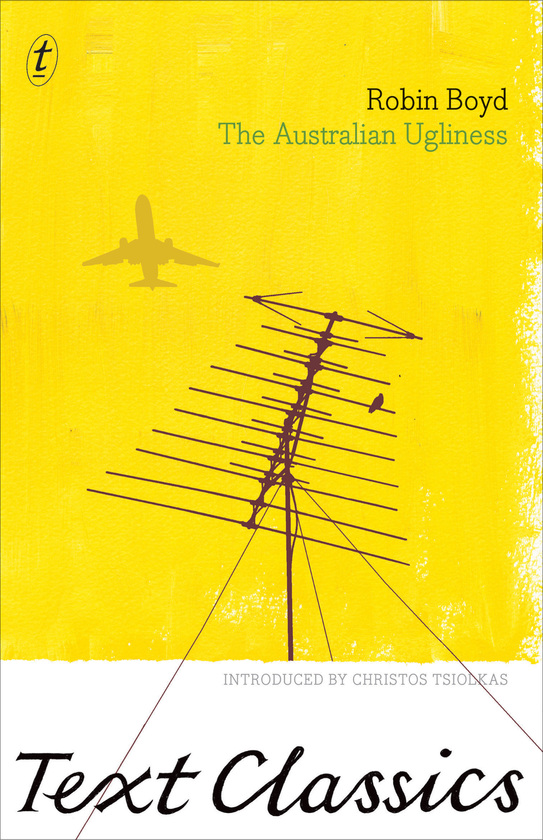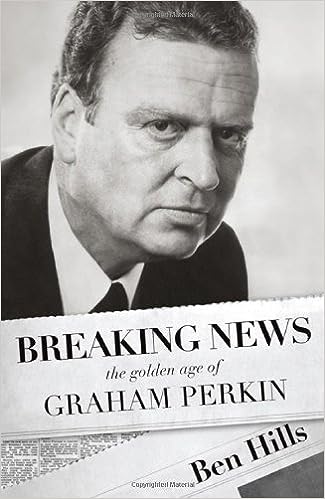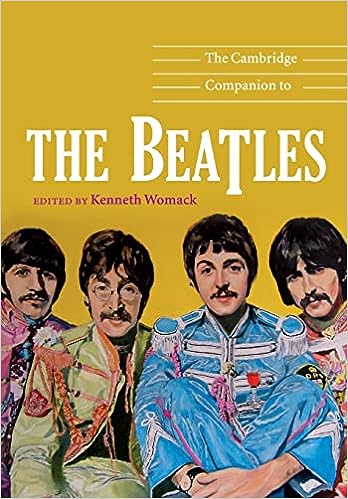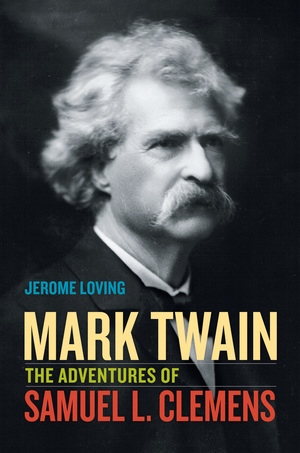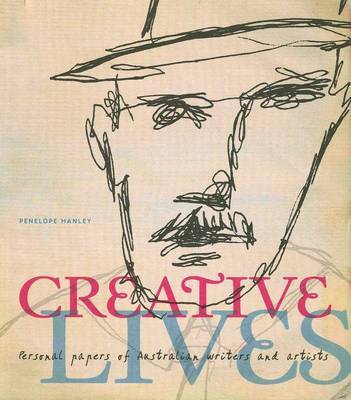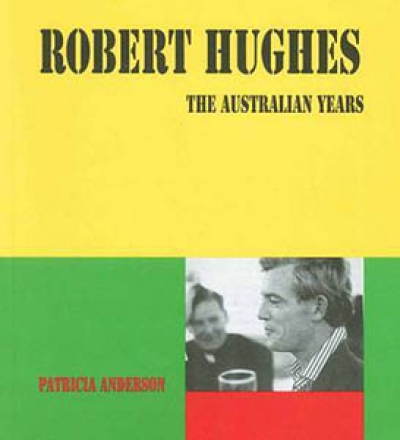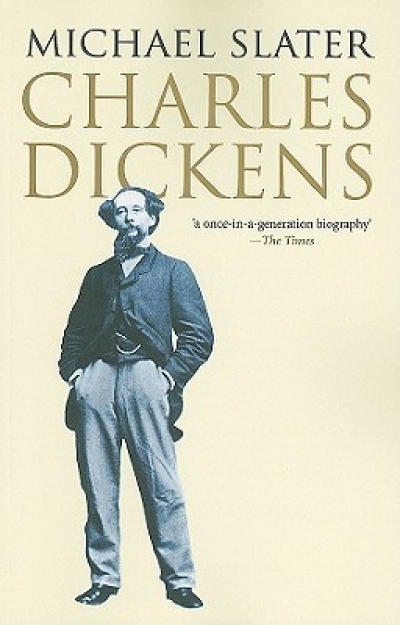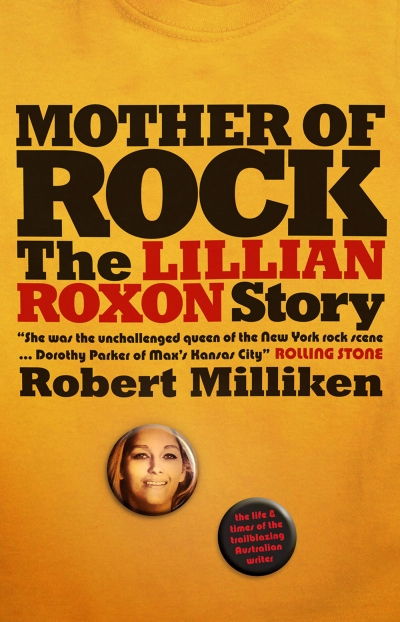Biography
Together Alone: The story of the Finn Brothers by Jeff Apter
A discussion of the outstanding albums of the 1980s might begin with the Shanachie label’s Mbaqanga compilation The Indestructible Beat of Soweto, 4AD’s Le Mystère des Voix Bulgares by the Bulgarian State Radio and Television Female Choir, and American Clavé’s Tango: Zero Hour by Astor Piazzolla (all 1986), three signal moments in the packaging of global music for Western sensibilities. One could go on to cite such landmarks as Brian Eno’s On Land (1982), Arvo Pärt’s Tabula Rasa (1984) and John Zorn’s Spillane (1987). Add to these Joy Divison’s Closer (1980), Gang of Four’s Solid Gold (1981), Minutemen’s Double Nickels on the Dime (1984), and the decade is beginning to look superior. Australia, too, produced various near-perfect LPs – the likes of Mr Uddich Schmuddich Goes to Town by Laughing Clowns (1982), Born Sandy Devotional by the Triffids, Liberty Belle and the Black Diamond Express by The Go-Betweens, Free Dirt by Died Pretty (all 1986), Cold and the Crackle by Not Drowning Waving (1987) and Tender Prey by Nick Cave and the Bad Seeds (1988) while New Zealand’s The Chills deserve a mention, courtesy of their Brave Words (1987). To this fledgling list, author Jeff Apter would presumably demand the addition of True Colours (1980) and Time and Tide (1982) by Split Enz, as well as Crowded House’s self-titled début (1986) and Temple of Low Men (1988), each of which is accorded canonical status in Together Alone, his new biography of Tim and Neil Finn. This ought to be a matter of personal taste buttressed by (in the appropriate forum, such as a book like this) robust argument, but there is precious little of the latter in Together Alone. Critical analysis is promised but not delivered. Instead, readers are left to trawl through a skip-load of secondary material, including snatches from the omnipresent Glenn A. Baker and one-too-many customers at Amazon.com, in order to learn what supposedly makes this music definitive.
... (read more)As Stendhal did with The Red and the Black (1830) and The Charterhouse of Parma (1839), Simon Leys dedicates his With Stendhal to ‘the happy few’. In both cases, humility is the motivation, rather than affectation or coyness. Henri Beyle (1783–1842) – Stendhal’s real name – was committed to his writing, but he really had no idea that his novels would become masterworks of Western literature, or that his protagonists Julien Sorel and Fabrice del Dongo would come to be seen as archetypal figures of the Romantic era. He would have been astonished to learn that beylisme – denoting a melding of passionate energy and cynical individualism – had become a common noun in French.
... (read more)How differently would we view Australia’s postwar architecture and urban design without Robin Boyd’s The Australian Ugliness? Such is the significance of this classic 1960 text that it has shaped debates about our cities – their planning, development and buildings – for half a century. Whether the book has helped to improve them is questionable – they probably would not be much different today, Boyd or no Boyd – but what a context and framework he gives us for analysing and discussing them. With the dramatic changes in society and tastes in fifty years, what does Boyd offer the contemporary reader?
... (read more)Breaking News: The Golden age of Graham Perkin by Ben Hills
In May 1981, I joined The Age, where, more or less, I have stayed put. On my first night one of the news subeditors said, ‘Let’s have a drink’. Whereupon he led me away from the news desk, along the scrofulous green carpet, past the ramshackle assortment of desks and typewriters, and straight into the men’s room. Fleet Street used to have a bar, behind St Bride’s Church, called the City Golf Club, which was neither sporting nor exclusive in any way. But The Age went one better, with a late-night hostelry on the third floor of its ugly Spencer Street building that served as a drinking hole because the others were all closed by that hour.
... (read more)The Cambridge Companion to The Beatles edited by Kenneth Womack
Winner of the Independent ‘Music Book of the Year’ for 2009,The Cambridge Companion to The Beatles is a collection of thirteen essays dedicated to arguably the most significant pop/rock group of the last century. It follows such recent tomes as Walter Everett’s two-volume The Beatles as Musicians (1999–2001), Devin McKinney’s Magic Circles (2003), the Beatles’ self-penned Anthology (2000), Kenneth Womack’s and Todd F. Davis’ Reading the Beatles: Cultural Studies, Literary Criticism, and the Fab Four (2006) and Olivier Julien’s Sgt. Pepper and the Beatles: It Was Forty Years Ago Today(2009). One might, therefore, question whether yet another substantial volume can add anything of interest – in fact, some of the contributors to the Companion also appear in Julien’s book – but the Companion is a most worthwhile addition to ‘Beatleology’. All chapters have merits, but as the contributors come from a variety of disciplines, the overall tenor of the volume is uneven: some pieces (such as Bruce Spizer’s unreferenced ‘Apple Record’) are aimed at a general audience, while others (such as Walter Everett’s ‘Any Time at All: The Beatles’ Free-Phrase Rhythms’) are suited to musically literate readers. Inevitable overlap in information occurs at times.
... (read more)Mark Twain: The adventures of Samuel L. Clemens by Jerome Loving
Ernest Hemingway once wrote that ‘all modern American literature comes from one book by Mark Twain called Huckleberry Finn’. We might add that Oz Lit owes Twain a little something, too.
... (read more)Creative Lives: Personal papers of Australian writers and artists by Penelope Hanley
Creative Lives presents short biographical essays on twenty-two Australian writers (two of whom are also notable artists); but it is just as much a book about the value and purpose of the National Library of Australia’s Manuscripts Collection. Ironically, the book offers little documentation of the process by which it came to be written. Hanley does tell us, however, that she ‘was asked to write a book on twenty of the writers whose papers are held in the Manuscripts Collection’ and eventually chose twenty-two.
... (read more)The opening chapter of Robert Hughes’s memoir, Things I Didn’t Know (2006), may have persuaded readers that Australians are a mercenary, uncouth and ungrateful lot who love nothing more than a glistening athlete on a podium. Hughes had reason to be sensitive at this time, having eluded the ‘feather-foot’ on that desolate Western Australian highway in May 1999 and endured the trials that followed. He names two writers, Peter Craven and Catharine Lumby, who have stood by him, whereas others, he says, have sought to further their careers by denouncing him. To the former small but faithful posse can be added Patricia Anderson, who defies that great Australian tradition of ‘cutting down the tall poppy’ to celebrate Hughes’s achievements in this biography of his ‘Australian years’: from Hughes’s birth in 1938 until 1970, when Time magazine afforded him the opportunity at last to leave our shores.
... (read more)Writing a matter of hours after Charles Dickens’s death on 9 June 1870, an obituarist for The Times of London remarked, ‘The story of his life is soon told’. The publication of Dickens’s friend John Forster’s Life of Charles Dickens between 1871 and 1874 soon gave the lie to these words, revealing a far more complex and damaged Dickens than the reading public had ever suspected this novelist, journalist, actor, social reformer and bon viveur to be. Since the 1870s thousands of pages have been devoted to scrutinising the life of the self-styled ‘sparkler of Albion’, including G.K. Chesterton’s Charles Dickens: A critical study (1906), Edgar Johnson’s magisterial Charles Dickens: His tragedy and triumph (1952) and Claire Tomalin’s superbly readable account of Dickens’s infatuation with his mistress, Ellen Ternan, The Invisible Woman (1991).
... (read more)Mother of Rock is an Australian journalist’s adoring biography of one of our great social journalists. Sydney newsman Robert Milliken’s life of expatriate writer Lillian Roxon (1932–73) is foremost an account of the birth of celebrity tabloid press in the 1960s and its close links with the emergence of rock music as an art form and breeding ground for ‘stars’. Like Roxon’s writing itself – a generous selection of which is reproduced at the back of the book – what little discussion of the qualities of the music of the times there is comes second to an account of its social and market implications and its dramatic leading personalities. Roxon emerges as a radical, under-acknowledged progenitor of ‘new journalism’.
... (read more)

